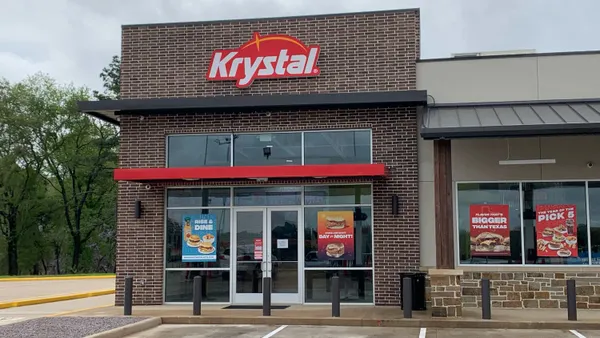Paul Dodd is the SVP of Sales at Compeat
The current level of competition within the restaurant industry is unprecedented. According to the Deloitte 2018 Travel and Hospitality Industry Outlook report, “There are now more than 620,000 eating and drinking establishments across the United States, with restaurants currently growing at about twice the rate of the population.”
While this may seem like awesome news for the restaurant industry, unfortunately, there is typically a dark side to success. In this case, record-high restaurant industry growth has resulted in record-low labor. The steady decrease in labor can be attributed to many factors, such as the low unemployment rate (currently at 3.8%), fewer teenagers in the workforce, uncertainties of undocumented workers and a boom in restaurant openings.
These low levels of workers plague almost every city in the U.S., with restaurants struggling to get applicants through the door, much less qualified employees. This is affecting everyone in our industry, from fast food to fine dining.
Being based in Austin, this issue has really hit home. According to Matthews Real Estate Investment Services, Austin has one of the highest percentage growth rates among major metropolitan areas in the United States: a 19.82% increase in population growth and 12.6% increase in restaurants from 2010 to 2016. The Austin restaurant scene is growing at close to 13 times the national average.
Another factor that is adding to the frustration of local businesses is while population and restaurant growth are booming, higher wages are being demanded by employees. That added growth is also inflating the housing market and commercial rent rates, so how are operators expected to stay in the black? Below are a few tips that can help you stay afloat in a hyper-competitive market.
Better manage variable costs
If you are forced to pay higher wages or offer hiring bonuses to recruit talent, it is important to find other areas to reduce costs so that you can maintain a healthy bottom line. While you can’t battle increasing wages and rent, you can stay operationally sound by better managing food costs and reducing waste. Be mindful of areas that you can save money to divert it toward staffing.
Employ labor-saving technologies
There are bound to be areas where you can reduce labor. If budget allows, technologies such as self-service kiosks and pay-at-the table apps can reduce the number of employees needed during a shift. Software that automates time consuming processes such as inventory, processing invoices and creating schedules will allow managers to come out of the back office and help alleviate employee stress and ensure customer satisfaction during short-handed shifts.
Recruit with technology
The newest working generation has no idea what life was like before computers. Being raised with smart phones and social media makes them expect to have everything online. Creating a great interactive website, writing smart blogs on current trends and having a presence on sites such as Facebook, Twitter, Snapchat, etc. can help attract new employees. Having smart systems in place that automate everyday tasks and allow them to communicate via mobile devices will help keep them around.
Retain employees with rewards and recognition
You can establish a simple reward program where each week or month, one employee gets a small reward for exemplifying your values. This can be as simple as a free meal on their next shift, parking close to the door for the week or a $5 gift card for coffee.
Simple recognitions should also be given daily, even if it is just a shout out to an employee “caught in the act” of living the culture. “Great teamwork for running those salads, Alex”, or “Great customer service on table seven, Laura”, goes a long way in boosting morale and retaining skilled employees — and it’s free!
Cross train employees
Cross training ensures that you have enough flexibility to react to any situation that may arise, without having to call in additional help. Having a busser who can run food or a server who can help behind the bar can help you avoid disappointing customers if an unexpected crowd came in or if an employee does not show up to work. Plus, investing in training makes employees feel valued and connected to your establishment. Loyal employees are more productive and less likely to leave.
Always be looking
There is bound to be spillover from other labor pools that we can tap into. Don’t wait until someone quits and you are in a panic to plug a hole in the schedule to start looking for candidates — this all but guarantees that you will end up with someone subpar.
Great customer service people are wired differently than others. They want to serve others, make others happy and go above and beyond for the customer. Serving skills can be taught, but an amazing personality can’t. When you are recruiting, always keep an eye out for those individuals who have amazing customer service. Whether you are buying shoes or getting your car washed, when you come across a superstar in customer service, let them know you are always looking for great customer service people and invite them to stop by and check out your restaurant. You never know, that person may be unhappy with their current situation, or end up needing a job a few months down the road.
The restaurant industry is no stranger to work force issues. High turnover always has and always will continue to plague operators. We just hope that the labor shortage is short-lived so our industry can return to focusing on great food and excellent customer service.





















